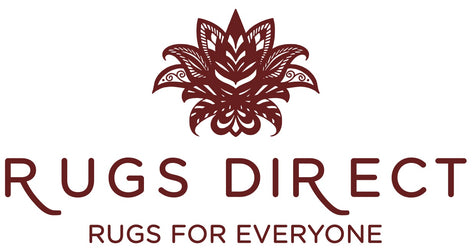Persian Hand Knotted "Mahi Design" Tabriz Rug Size: 297 x 195cm
Translation missing: en.product_price.item.price.range_html
Original price
$4,999.00
from $4,999.00
Current price
$4,999.00
SKU P15-18
PERSIAN HAND KNOTTED "MAHI DESIGN" TABRIZ RUG
Size is approx: 2.97meter x 1.97meter
Texture: Tight weave & Soft wool
Material: Sheep's wool & Cotton.
Quality: Excellent
Condition: Great
SKU: P15-18
When you purchase you will receive a CERTIFICATE OF AUTHENTICITY
The Persian Mahi rug is one of the classic patterns produced by the masterful carpet weavers in Tabriz. Said to originate in the Herat district of Afghanistan, the so-called Herati or Mahi pattern has been attributed to Farahan and other regions too. Regardless of the attribution, few weavers use the Mahi design as skillfully as those in Tabriz.
"Mahi" or "Mahi to Hos" is a Farsi nickname for an elegant motif known as fish in the pond. The Mahi design is made up of rosettes framed by a vine scroll rhombus and arching saz leaves that often resemble jumping fish with polychromatic stripes, eyes and life-like features. The four-way symmetry of the Mahi motif allows it to be combine seamlessly in a kaleidoscopic allover pattern or isolated and used on its own.
Size is approx: 2.97meter x 1.97meter
Texture: Tight weave & Soft wool
Material: Sheep's wool & Cotton.
Quality: Excellent
Condition: Great
SKU: P15-18
When you purchase you will receive a CERTIFICATE OF AUTHENTICITY
The Persian Mahi rug is one of the classic patterns produced by the masterful carpet weavers in Tabriz. Said to originate in the Herat district of Afghanistan, the so-called Herati or Mahi pattern has been attributed to Farahan and other regions too. Regardless of the attribution, few weavers use the Mahi design as skillfully as those in Tabriz.
"Mahi" or "Mahi to Hos" is a Farsi nickname for an elegant motif known as fish in the pond. The Mahi design is made up of rosettes framed by a vine scroll rhombus and arching saz leaves that often resemble jumping fish with polychromatic stripes, eyes and life-like features. The four-way symmetry of the Mahi motif allows it to be combine seamlessly in a kaleidoscopic allover pattern or isolated and used on its own.
